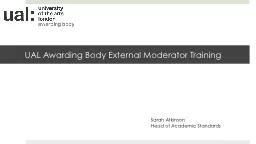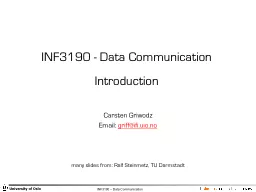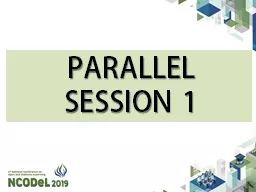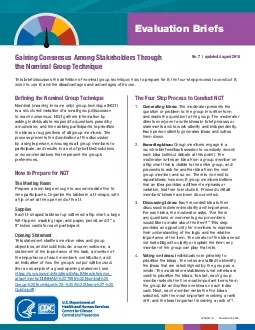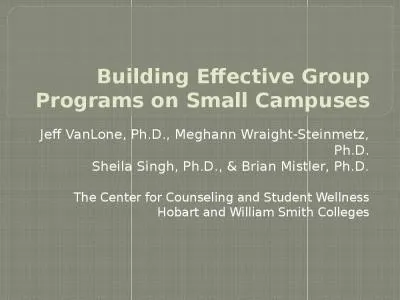PPT-Moderator : Michael D. Zarin Partner, Zarin & Steinmetz
Author : conchita-marotz | Published Date : 2019-10-30
Moderator Michael D Zarin Partner Zarin amp Steinmetz Participants Michael Allan Wolf Esq Professor of Law amp Richard E Nelson Chair in Local Government Law University
Presentation Embed Code
Download Presentation
Download Presentation The PPT/PDF document "Moderator : Michael D. Zarin Partner, ..." is the property of its rightful owner. Permission is granted to download and print the materials on this website for personal, non-commercial use only, and to display it on your personal computer provided you do not modify the materials and that you retain all copyright notices contained in the materials. By downloading content from our website, you accept the terms of this agreement.
Moderator : Michael D. Zarin Partner, Zarin & Steinmetz: Transcript
Download Rules Of Document
"Moderator : Michael D. Zarin Partner, Zarin & Steinmetz"The content belongs to its owner. You may download and print it for personal use, without modification, and keep all copyright notices. By downloading, you agree to these terms.
Related Documents





